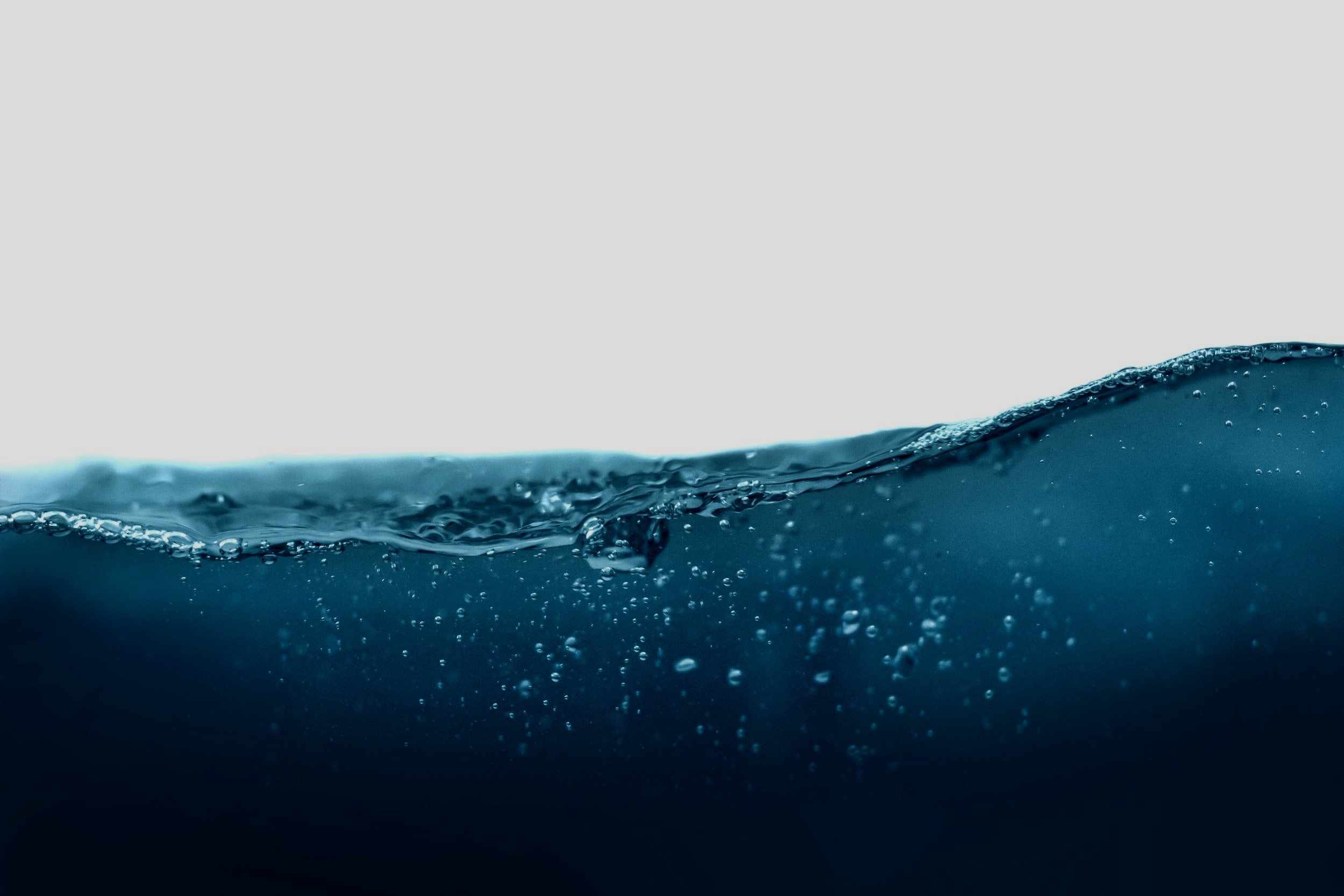
CLEANER BRUSHES.
CLEANER WATER.
The worlds most environmentally friendly and efficient portable paint brush cleaner.
Lavabrush helps painters clean brushes in 30 seconds and with 99% less water.

REDUCES A PAINTER’S
WATER CONSUMPTION
BY 99%*
CLEAN FASTER
AND SMARTER
CLEAN BRUSHES IN 30 SECONDS
Lavabrush is designed to be robust, work with more or less all paint brushes on the market and it saves up to 99% water and up to 80 % of your time, while you do the environment a massive favor and get to enjoy longer lasting, cleaner tools and cleaner working conditions.
In addition, Lavabrush users do not throw away brushes. They keep their brushes fresh and clean and use them longer. Painting away instead of throwing away.
LET ME KNOW WHEN
PRE-ORDERS START!
“Our ultimate goal is to see every painter use our product, because a single painter, can save the planet 5.000 liters of microplastic polluted water each year.
When used at scale Lavabrush can help save billions of liters of water from pollution.”
— Lavabrush AB
STOP
MICROPLASTICS
FROM PAINT BRUSHES IN TOOL WASHING WATER
With large parts of the world, suffering from shortage of water and microplastics in marine environments, the soil, the air and in the water we drink, we need to find ways to change that for future generations. At Lavabrush, our mission is to drive that change towards an efficient use of water in painters tool cleaning.
Our product, is the World’s first portable eco-friendly paint brush cleaner and creates the conditions to stop microplastic from ending up in the world's fresh water.

SAVE WATER
AND WASH YOUR PAINT BRUSHES FASTER
We have been taking fresh water for granted for too long. 83 percent of tap water has been found to contain micro plastic particles.
Yet, in the Nordics, the average painter uses around 5.000 liters of fresh water yearly when cleaning tools, contaminating it with micro plastic from paint.
Join our mission to use water more efficiently when cleaning tools and stopping micro plastic pollution from paint.
* Water and time savings may depend on what type of paint was used and what kind of brush is washed.
The examples are based on interviews, public data and external research.

